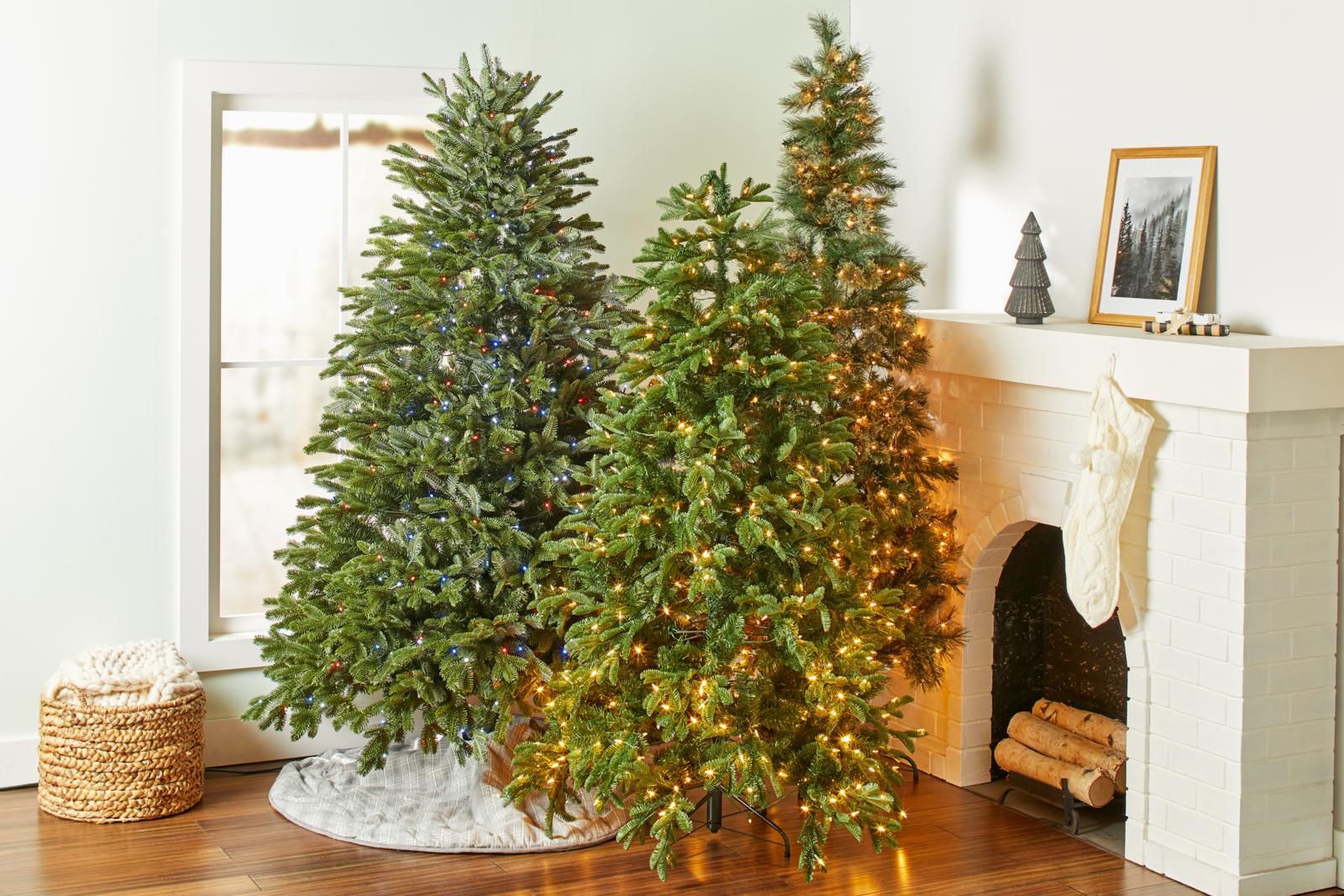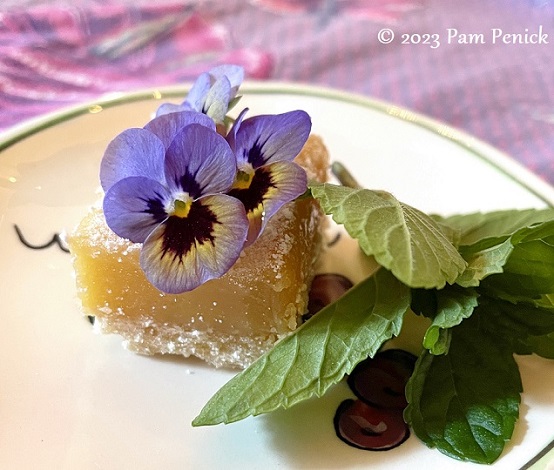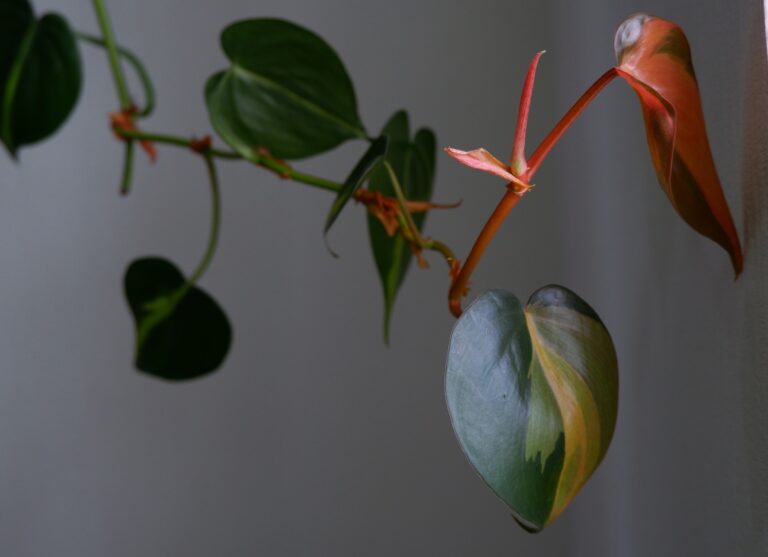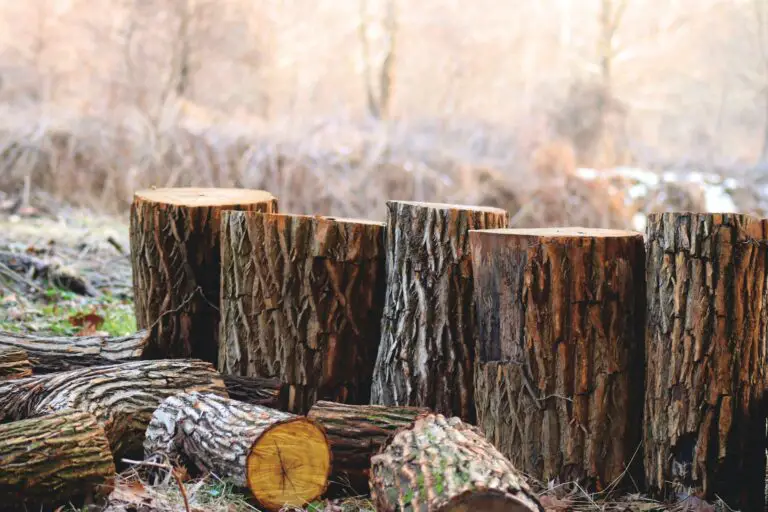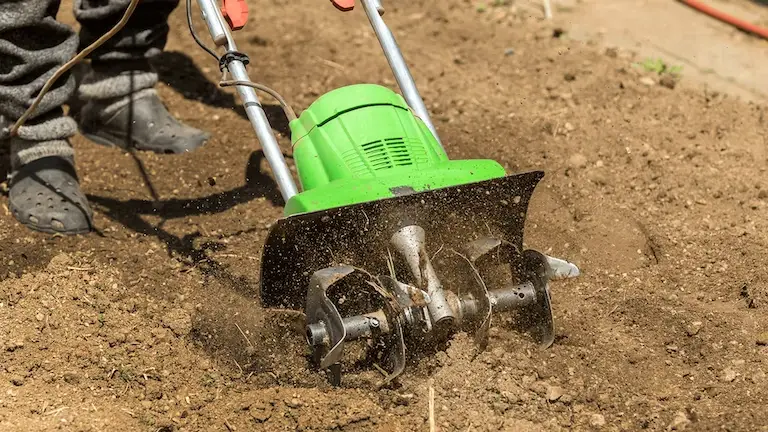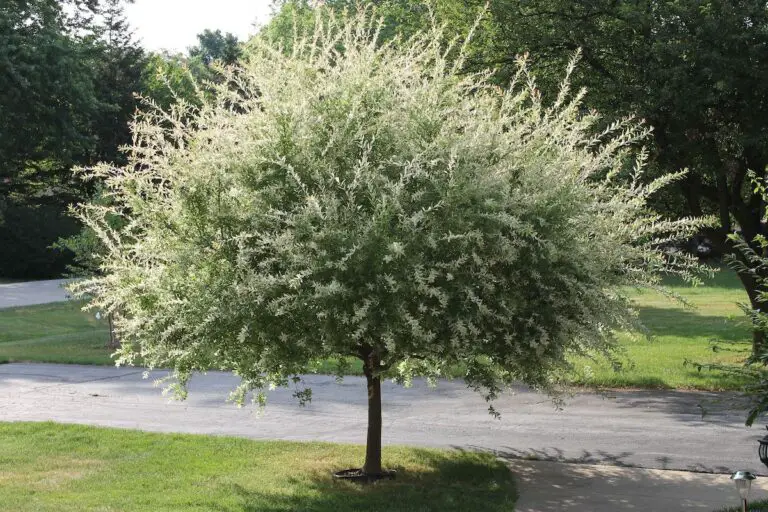How Long Do Real Christmas Trees Last?
Nothing quite beats a real Christmas tree. The fresh scent, the unique branches, the lush needles, the authentic shape…
We could go on, but let’s just say a real tree is hands down more attractive than an artificial one.
The only downside to having a real Christmas tree over the festive period is the fear it might not last quite as long as you’d like. If you prefer to get the decorations up at the beginning of Advent, it’s unlikely a real tree will still look its best by the twelfth night. However, you may be pleasantly surprised at how long you can keep your tree looking fresh and festive. Find more real Christmas trees at CTD.
What types of Christmas trees last longest?
Most trees last around four to six weeks indoors, but some Christmas trees last longer than others.
Nordmann fir, Fraser fir, and Norway spruce trees are highly popular because of their longevity and low needle shedding. With proper care, these Christmas tree varieties last up to six weeks with very few green needles dropping. Which means you can buy your tree in late November and enjoy a lush, green tree into the new year.
Are real Christmas trees expensive?
Real Christmas trees can be as cheap or expensive as you like. However, a more expensive tree is much more likely to make it through the whole festive season intact.
Pot-grown trees are usually more expensive to buy than freshly cut Christmas ones. But, as they can be used for several years, they work out cheaper in the long run.
Pot-grown vs. freshly cut trees
When choosing a Christmas tree, one of the first things to consider is whether you prefer a freshly cut tree or a pot-grown one.
Fresh cut trees
Freshly cut Christmas trees are grown on a tree farm and chopped down to get sold at Christmas. Fresh-cut Christmas trees are similar to a cut flower – they will last for a few weeks in water, but when they begin to fade, they cannot be revived or replanted. For this reason, a fresh-cut Christmas tree only lasts one season.
Pot-grown trees
On the other hand, pot-grown Christmas trees can get re-used year after year. They are grown in their pots from seedlings and can be moved back outside and kept in the garden when the festivities are over. Pot-grown trees can be re-potted as they grow and planted out in the garden when they get too big to bring inside.
One important thing to note is that pot-grown trees should only be brought indoors for a maximum of a couple of weeks before returning to the garden. Because they are still growing trees, they don’t cope well with being indoors for an extended period of time, preferring the cooler outside air.
Potted trees
Potted Christmas trees are slightly different to pot-grown ones. While they can be kept outside and may last for two to three years, they don’t have as much longevity as pot-grown trees.
Potted trees are grown in the ground. When they reach the desire height, they are dug up and placed in pots ahead of the festive season. Because of this, the root ball isn’t usually as strong as those on pot-grown trees, which have developed roots in the pot. Potted tree roots are likely to have been disturbed and/or damaged during the transfer from ground to pot, meaning the tree won’t last very long.
Where to put your real Christmas tree
Whether you’ve opted for a pre-cut tree or a pot-grown tree, it needs to be kept in a cool spot indoors.
Place your Christmas tree out of cold draughts and away from radiators and other heat sources. Doing this helps preserve the needles, keeping the tree lush and bushy throughout the festive season. Almost a fifth of Christmas tree fires are a result of the tree being placed too close to a heat source, so help ensure your family’s safety by finding a nice, cool spot for your fresh greenery.
While the window is the ideal position for allowing passers-by to admire your Christmas tree, make sure the tree isn’t absorbing lots of direct sunlight. The sun can scorch the foliage, resulting in brown needles that drop easily. Bear in mind that although the sun isn’t particularly warm over Christmas and New Year in the UK, the glass magnifies the rays, which can still feel hot. If you must place your Christmas tree in the window, opt for a north-facing room or use a voile to filter the sunlight before it reaches the tree.
How to make a real Christmas tree last the whole holiday season
Obviously, evergreen trees are most comfortable outdoors and can understandably start to deteriorate when they’re brought inside. However, there are some helpful hints and tips to help you keep your Christmas tree alive beyond Christmas day and into the new year.
Choosing a fresh-cut Christmas tree
Ask when the tree was cut down before you purchase it. Some Christmas tree farms chop their trees well in advance to accommodate those who prefer to decorate early in the season. But if those trees don’t sell quickly, there’s a chance your chosen tree could have been lying in storage for a significant period before you buy it. One of the easiest ways to ensure you buy a fresh tree is to find out when it was harvested.
Choose a tree stored in a shady location wherever possible. Direct sunlight can dry out a healthy Christmas tree, which makes it more likely to shed needles.
When you think you’ve found the right tree, lift it a few inches and tap the bottom of the trunk on the ground. Check how many needles fall off. It’s normal for some needles to drop, particularly from the middle of the tree, but if lots of green needles fall, it’s best to pick a fresher tree.
Preparation
Don’t put your Christmas tree in place straight away. Instead, when you get your tree home, cut around one inch from the bottom and keep the end of the trunk submerged in water for a few hours. Doing this aids water absorption and helps your Christmas tree last longer.
While the tree is enjoying a good drink, prepare the area and set up the tree stand. Ensure the tree stand is the right size for the tree. Otherwise, you may come down one morning to find the tree toppled over. Don’t be tempted to fill the stand with water at this stage, as that will get messy when you bring the tree inside!
Watering
The key to good Christmas tree care is watering. Providing enough moisture is the single most effective way of maintaining a healthy tree and ensuring it lasts as long as possible.
Trees are thirsty plants, and you may be surprised how quickly they absorb water. A plant mister can help delay the tree’s drying process by keeping the needles moist.
Check the tree stand’s water reservoir daily and top it up as required. Never let the bottom of the tree’s trunk become dry, and provide around a litre of water a day to keep your tree hydrated. It’s impossible to over-water a freshly cut Christmas tree, so don’t be afraid of leaving water in the stand 24/7.
Pot-grown trees are slightly trickier to get right but still need plenty of moisture to prevent brown needles and drooping branches. Check the soil every day. If the top couple of inches is dry, add some more water. If it is still moist, leave it and check again the following day. Allow excess water to drain away freely, and don’t let water sit in the bottom of the pot.
Should I add anything to the water?
Many people swear by adding things, such as soft drinks, aspirin, or even bleach, to the water to help keep your tree fresh. However, this isn’t necessary and can even shorten your tree’s lifespan. Good old tap water is all you need for a healthy tree.
So, how long do Christmas trees last? It depends on how well you look after them. A properly cared-for Christmas tree usually lasts for around five weeks. So, if you buy your tree in the first week of December and look after it well, it should last well into the new year. When your tree does finally begin to fade and droop, it’s a good sign that it’s time to pack the decorations away for another year.

